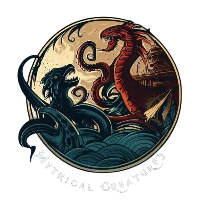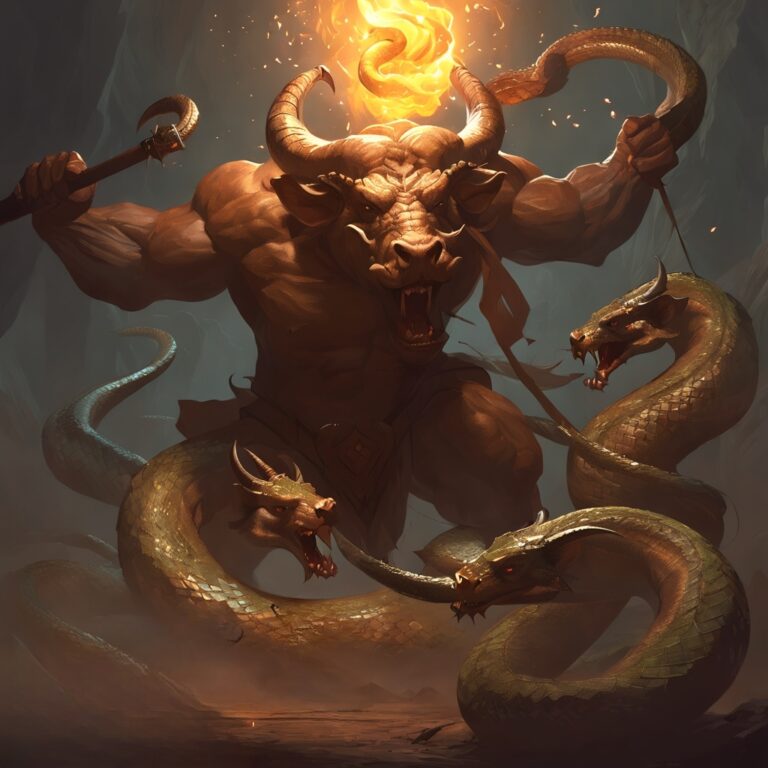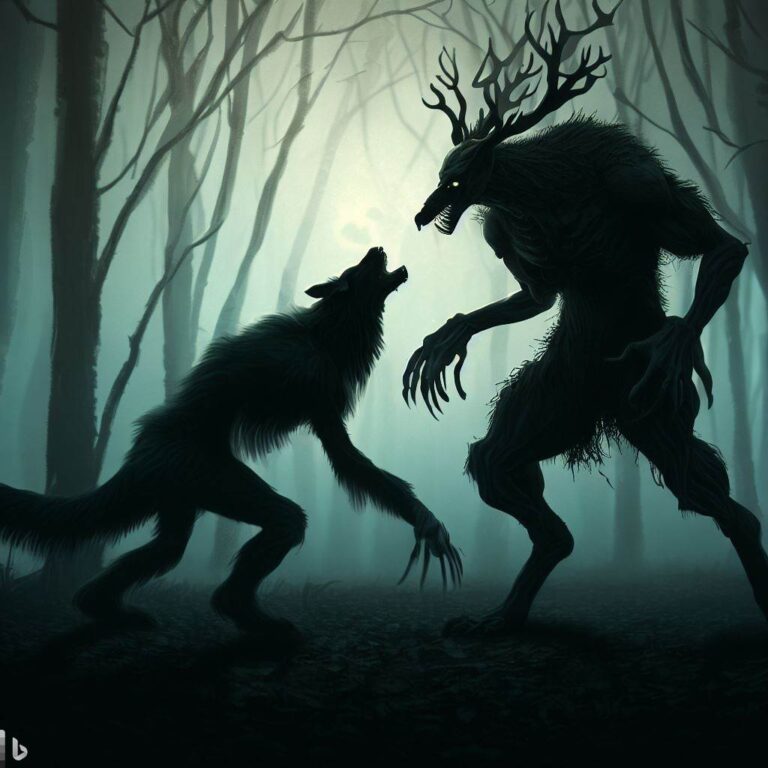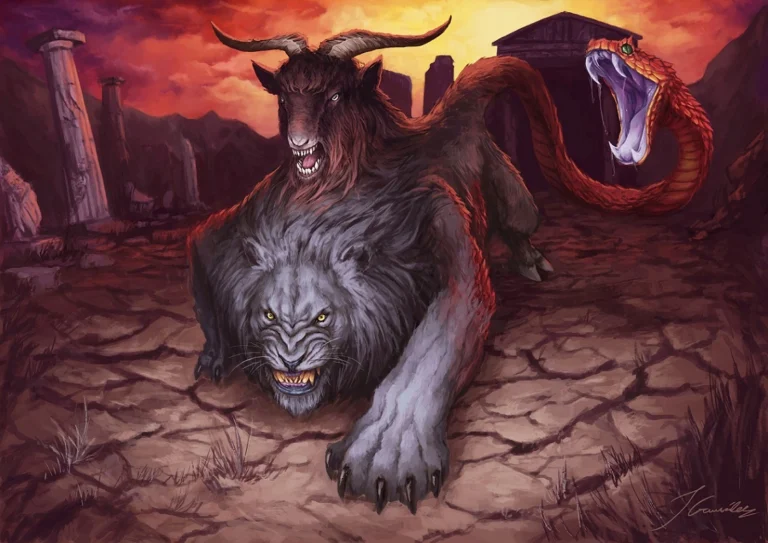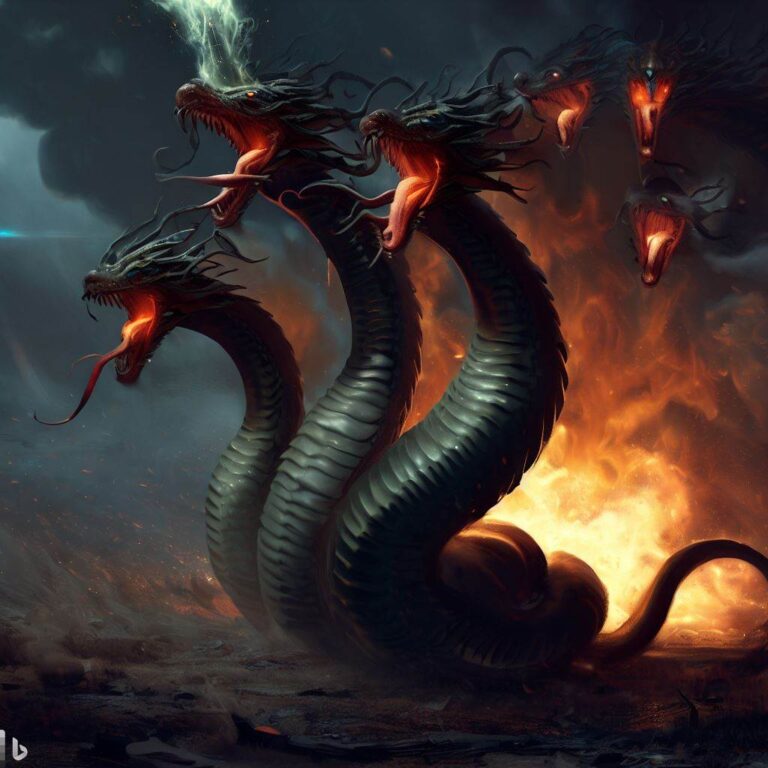
Image Credit: Matt Brown artstation.com
The Aspidochelone is a legendary sea monster from medieval European folklore and literature. Similar to other mythical beasts like the Kraken or Leviathan, the Aspidochelone was said to be a gargantuan whale or turtle that would lure sailors to their doom.
First recorded by ancient writers like Aristotle, tales of the Aspidochelone appeared across bestiaries, travelers’ tales, and moral fables in the Middle Ages.
They showcase the medieval fascination with exotic creatures, allegory, and moral lessons.
This article will explore the origins, meanings, and influence of the legendary Aspidochelone in medieval bestiaries and folklore.
We’ll examine how it was depicted in manuscripts, its role as an allegory, and why the giant whale or turtle was viewed as such a deceitful, devilish creature.
Tracingmentions from ancient writers to medieval literature, we’ll also look at how the Aspidochelone connects to broader legends of monstrous sea creatures.
History and Origins
The earliest known account of the Aspidochelone comes from the 2nd century CE writer Claudius Aelianus in his natural history work On Animals.
He described a giant whale that would float on the ocean’s surface appearing like an island to lure sailors.
They would land on its back, light fires to cook, and then the whale would dive deep in the ocean drowning the men.
- This early story shows the Aspidochelone as a treacherous sea creature using deceit to prey on sailors.
In the European Middle Ages, the Aspidochelone legend was incorporated into bestiaries, which were books detailing animals both real and imaginary accompanied by moral lessons.
The 12th century Aberdeen Bestiary depicts the Aspidochelone as detailed in this British Library article.
- It describes the monster as a giant whale that appears like an island, luring men to land then drowning them as they work. This portrayed it as a metaphor for the Devil’s deceptions.
Depictions in Bestiaries

Bestiaries presented the Aspidochelone as one of many wonders and exotic beasts both real and mythical. They underscored moral lessons by associating animals with sins or virtues.
The Aberdeen Bestiary’s depiction shows sailors happily building a fire on the whale’s back, oblivious to the danger as it passively lures them in.
The text explicitly states the parallel between this and the Devil deceiving human souls.
- Other bestiaries echoed similar themes, presenting the Aspidochelone as:
- A symbol of deception, devilry, and forbidden knowledge
- A warning against the temptation of sin
- An allegory for resisting greedy, base impulses
Scholars believe the bestiaries’ whale-like depictions drew from St. Ambrose’s Hexameron, which described whales as so massive they resembled islands.
This fused with the pre-existing Aspidochelone folklore.
Travelers’ Tales
Beyond bestiaries, the Aspidochelone myth appeared across travelers’ tales in the later Middle Ages. These blended exotic locales with mythology and lore.
The 14th century English writer Sir John Mandeville included the Aspidochelone in his account of islands near Lamory:
“In that country and by all Ind be great plenty of cockodrills, that is a manner of a long serpent, as I have said before. And in the night they dwell in the water, and on the day upon the land, in rocks and in caves. And they eat no meat in all the winter, but they lie as in a dream, as do the serpents.”
Mandeville does not directly mention the Aspidochelone, but scholars connect his cockodrill to similar Irish and Norse legends of whale-like sea monsters that destroy ships.
His vivid description of serpents hiding in the water continued the medieval fascination with exotic and dangerous sea creatures.
Origins of the Myth
What inspired the legend of the Aspidochelone across different medieval cultures? A few possible origins include:
- Exaggerated tales of treacherous reefs and shallows that wrecked ships, turned into monsters
- Whales and giant turtles washing ashore that may have trapped unwary sailors
- Expanding encounters with whales as large as islands, like blue whales
- Allegories invented to represent greed and the devilish nature of temptation
Most likely, the medieval Aspidochelone arose from a fusion of mariners’ tales, moral lessons, and glimpses of real giant sea creatures.
The need for engaging stories and striking symbols gave rise to this massive whale or turtle devouring souls.
Meaning and Symbolism
As both bestiaries and travelers’ tales show, the Aspidochelone held layered symbolic meanings:
- It represented the Devil’s deceptions, luring victims to sin and forbidden knowledge
- It embodied the dangers of greed and succumbing to temptations
- More broadly, it illustrated the perils of giving in to base impulses and desires
By portraying the Aspidochelone as a passive but cunning creature, medieval writers emphasized the need for self-awareness and resisting trickery.
Sailors had to see through the monster’s façade to reach salvation.
In Literature and Art

Image Credit:The Sea Monster, 1498 by Albrecht Dürer
The Aspidochelone myth persisted beyond the Middle Ages into Renaissance lore and art. Some key examples include:
- Renaissance works referencing Aspidochelones and other sea monsters as allegories
- Depictions in medieval woodcuts, engravings, and illuminated manuscripts
- Including it in collections of wonders and exotic beasts
- Inspiring later sea serpent legends and maritime art
The sea monster engravings of Albrecht Dürer show the continued mix of fascination and fear surrounding oceanic beasts like the Aspidochelone in early modern times.
Aspidochelone in Popular Culture
Aspidochelone has also made appearances in popular culture, including video games, movies, and literature. In the video game “Final Fantasy XIV,” Aspidochelone is a giant sea turtle that players must defeat in order to progress through the game.
In the movie “Pirates of the Caribbean: Dead Man’s Chest,” the character Davy Jones is seen aboard a ship that is anchored to a giant sea turtle.Aspidochelone has also appeared in popular fantasy literature, including the “Harry Potter” series.
In the book “Harry Potter and the Goblet of Fire,” the character Cedric Diggory is transported to a location that is described as being on the back of a giant sea turtle.
Aspidochelone in Science and Nature

While Aspidochelone is a mythical creature, it has some similarities to real-life sea turtles. Sea turtles are known for their large size and their ability to live for many years.
They are also known for their gentle nature and their importance to the ecosystem.Aspidochelone has also been used as a source of inspiration for marine conservation efforts.
The creature’s fearsome reputation has been used to draw attention to the dangers of pollution and overfishing, and its gentle nature has been used to promote the importance of protecting marine life.
Conclusion
The legend of the Aspidochelone represents the medieval fascination with morality tales, wondrous beasts, and the allegorical nature of God’s creations.
It blended natural history with exaggeration and symbolism. While fanciful, it also reveals real medieval anxieties around travel, temptation, and human weakness.
Continuing to inspire literature and art long after the Middle Ages, this massive whale-like deceiver has endured as a singularly medieval mix of fantasy, folktale, and moral lesson.
Frequently Asked Questions
What is an Aspidochelone?
The Aspidochelone is a mythical sea monster resembling a giant whale or turtle. It originated in medieval bestiaries and folklore as an allegory for greed and deception.
What were some key symbolic meanings of the Aspidochelone?
It represented the dangers of the Devil’s deceptions, greed, temptation, and giving in to sinful impulses. It served as a moral warning in medieval bestiaries.
How was the Aspidochelone depicted in medieval art?
It was illustrated in bestiaries, travelers’ tales, engravings, and manuscripts. Often it was shown as a passive island or whale luring sailors to their doom.
What is the origin of the name Aspidochelone?
The name Aspidochelone comes from the Greek words “aspis,” meaning shield, and “chelone,” meaning turtle.
What is the difference between Aspidochelone and other sea monsters?
Aspidochelone is unique in that it is often depicted as a gentle creature that allows sailors to rest on its back. Other sea monsters, such as the Kraken, are often depicted as fierce and dangerous creatures that attack ships and sailors.
How did Aspidochelone become a popular mythical creature?
Aspidochelone became a popular mythical creature in medieval European culture due to its association with the dangers of the sea and the perils of exploration. Its fearsome reputation and its gentle nature made it a popular symbol for sailors and explorers alike.
